My Visit To Aleppo. The dated bus rumbled down the highway. My head lazily leaned against the window, the sun tanning my face. Next to me sat a Syrian soldier. I had just spent the day visiting Krak des Chevaliers and Ma’loula. Krak des Chevaliers is an extremely well-preserved 12th century Crusader Castle. And Ma’loula is a small village nestled on a mountain. Its claim to fame, the villagers still speak Aramaic, the language Jesus Christ spoke. Both places reside west of Homs which lies halfway between Damascus and Aleppo. And now I was riding north, heading to Aleppo.
It was 2009. Before the Arab Spring. And before the horrific quagmire that Syria has become today. Yet, even in 2009, Syria was not at the top of most casual travelers’ list. Even then Syria’s reputation was complete with terrorists, Hezbollah, and images of Dictator Bashar Assad. I was in my glory visiting Jordan, taking in the amazing landmarks of Petra and Roman Ruins. At night, I thumbed through my Lonely Planet Middle East Guide, and before sleep overtook me, I would focus my attention on Syria and its amazing culture and history. I was too close not to discover this ancient culture and realized I must go. You can read about my entry to Syria here.
Aleppo is an ancient city, and one of the oldest continually inhabited cities in the world. Historians date this city to at least 4300 BC. The city has played a large role in history … as one of the ending points of the Silk Road, the 3rd largest city in the Ottoman Empire, and the main economic engine of Syria. Today, it lies in ruins as the city is currently the focus of intense warfare and destruction.
My visit was marked by it warmth, hospitality, and safety. I wandered the streets or discovered narrow souks at all hours by myself. I rode in ridiculously cheap taxis with smiling taxi drivers. And traded jokes with the locals as I gorged myself on baklava or salted pistachios. Let me take you back to 2009.
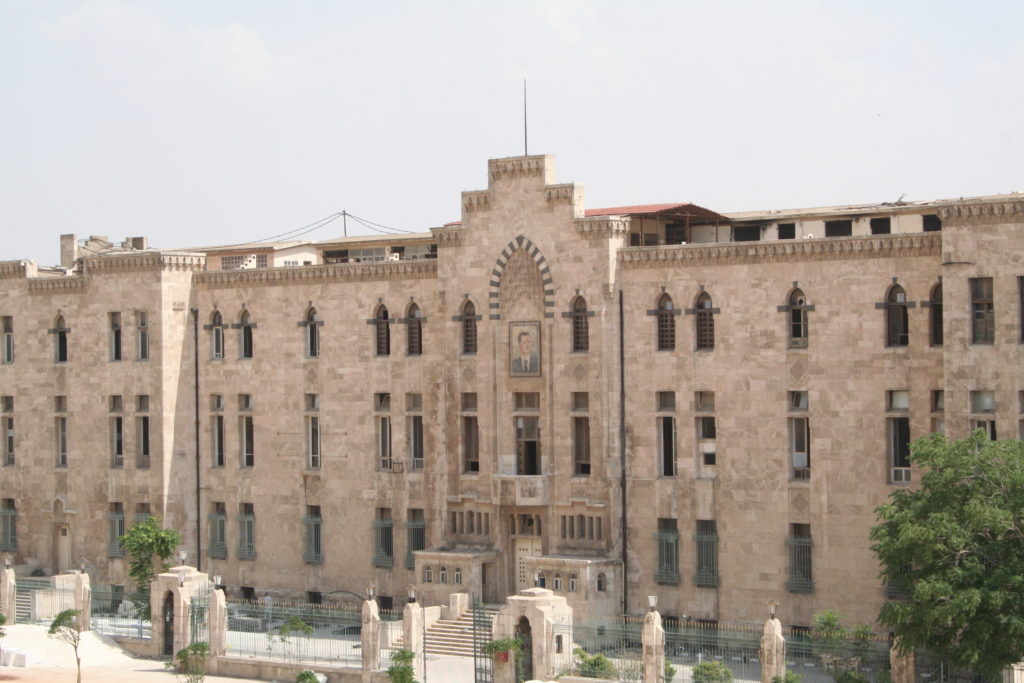
The Citadel anchors Aleppo, in its center. The fortified structure is propped up on a hill. Its current structure dates to the 13th century, but this area has been inhabited since 3000 BC.
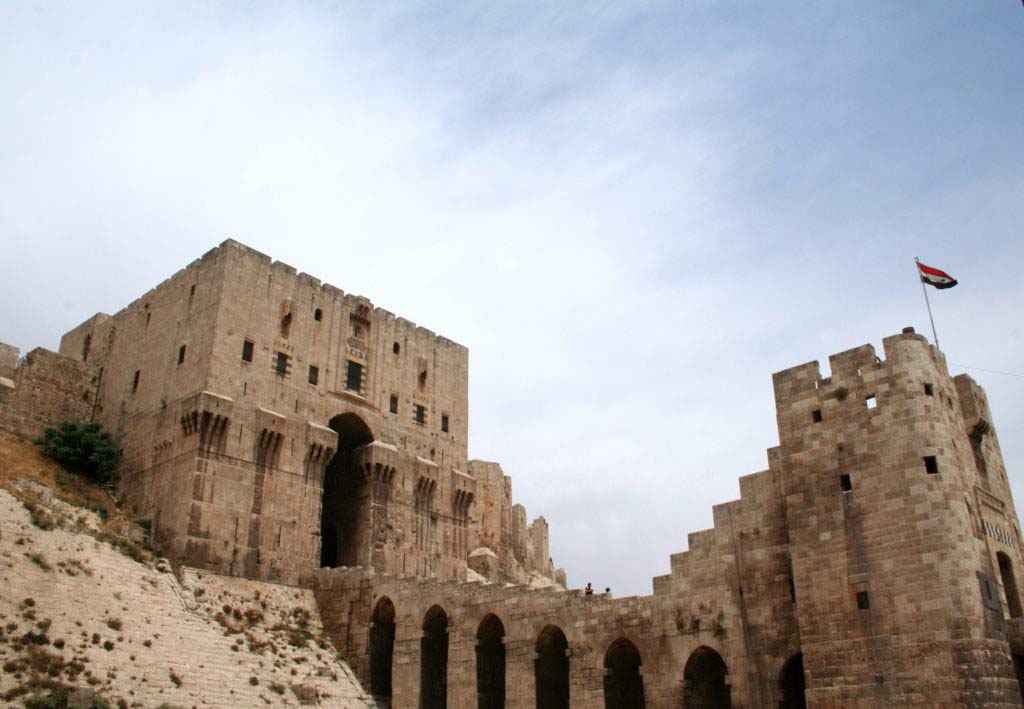
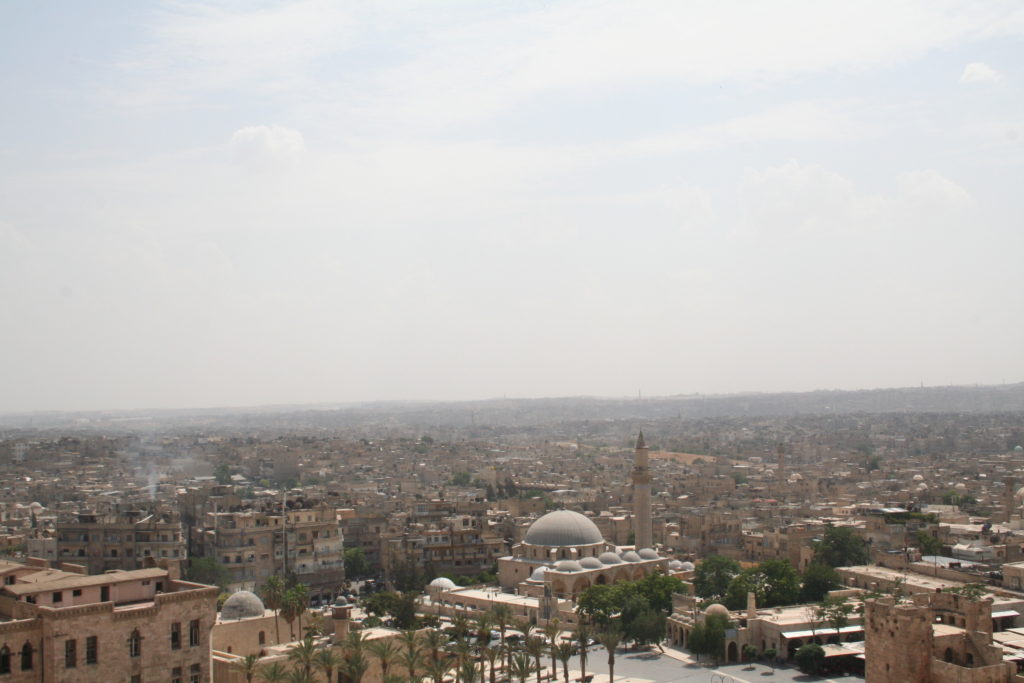
The view of Aleppo in 2009 from the Citadel
Getting lost in the souks of Aleppo is rewarded with a cornucopia of smells and sights. These covered, crowded souks embody an earlier time. With local shopkeepers, selling their wares whether it is colorful spices or textiles. In many of the back allies I discovered tradesmen, such as a blacksmith.
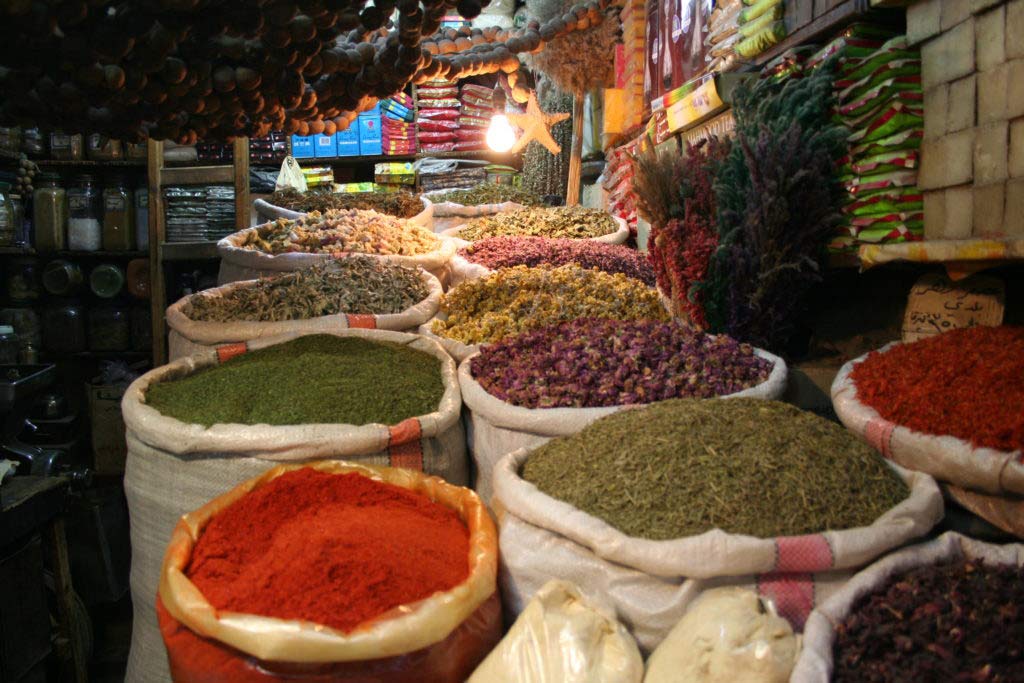
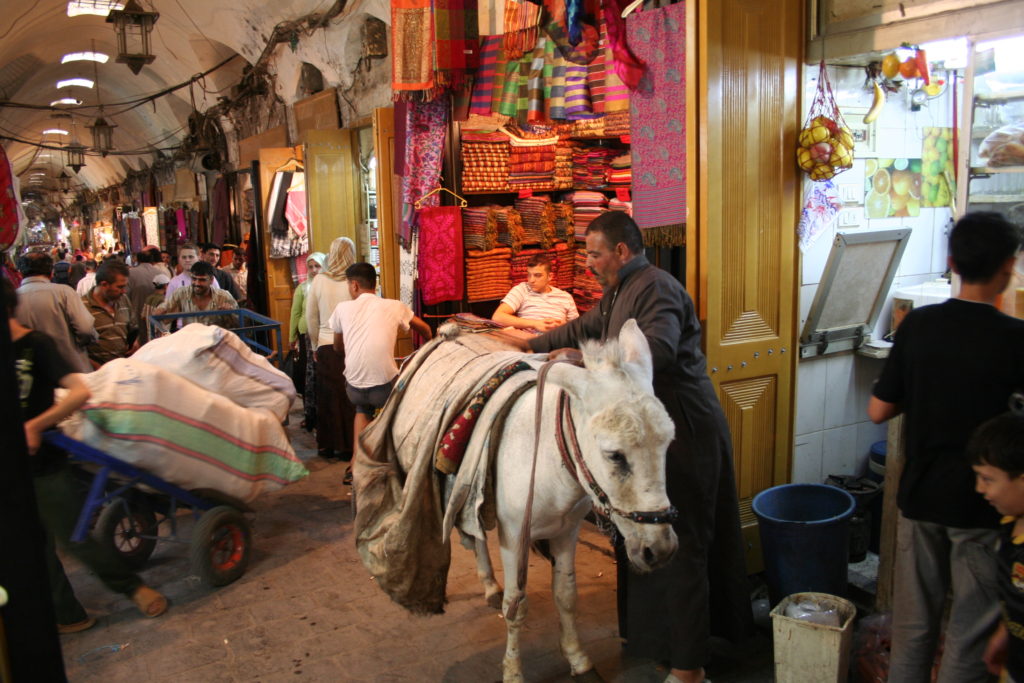
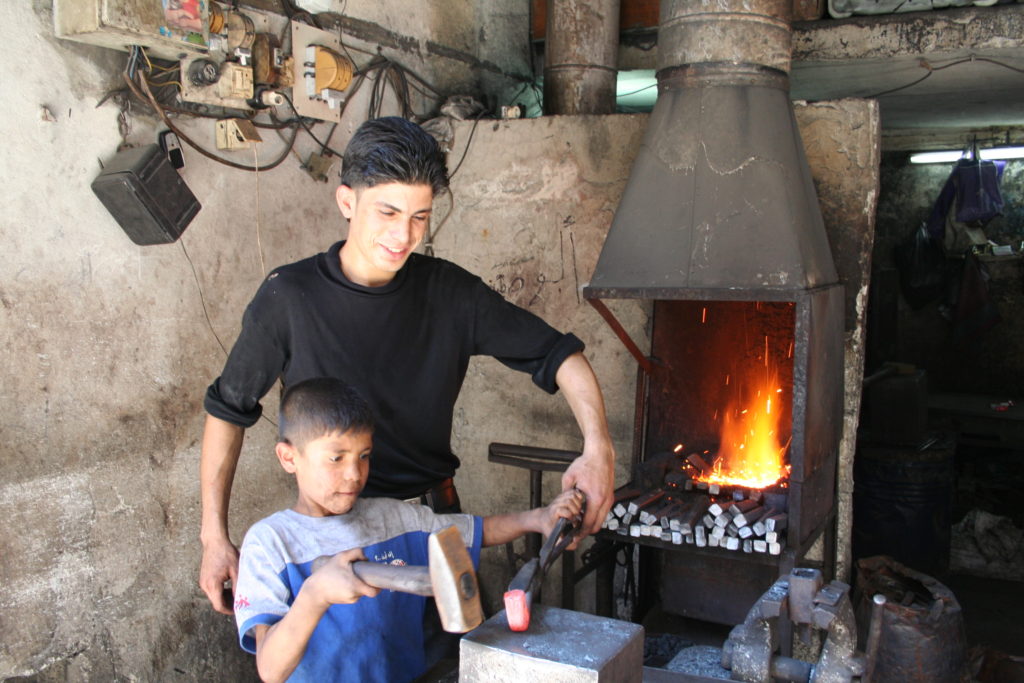
One powerful memory was meeting a family of gravestone carvers. I offered them greetings, salaam alaikum. I produced my camera and they were quick to smile. Moments later, plastic chairs were produced and I was drinking hot, sweet tea. No more than five words were spoken during my time, we had no shared language except smiles. Today, I wonder what happened to this family.
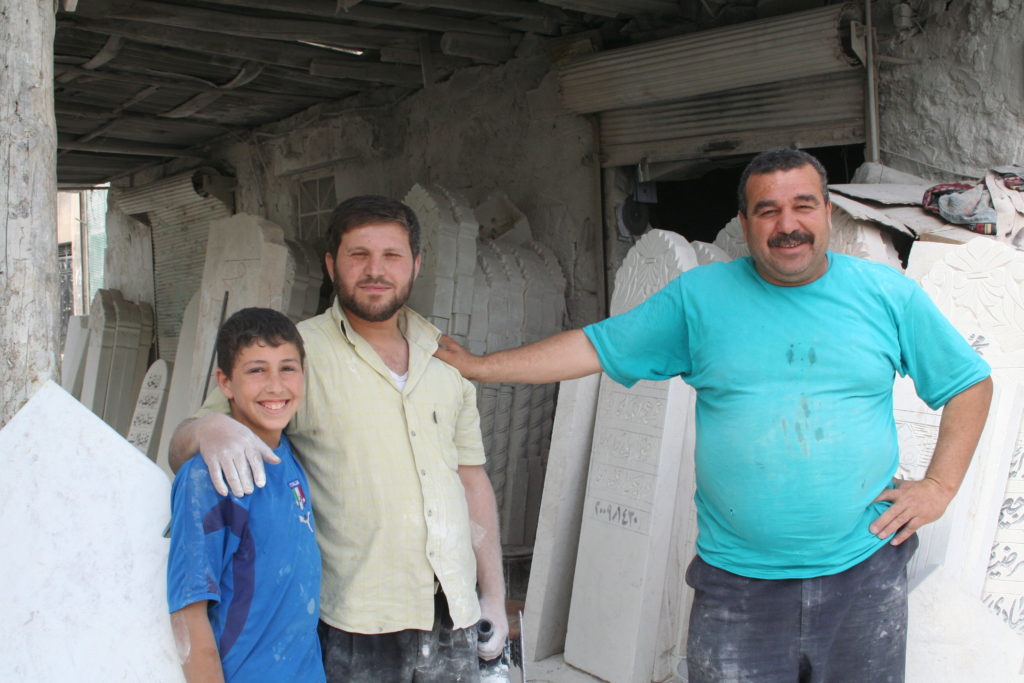
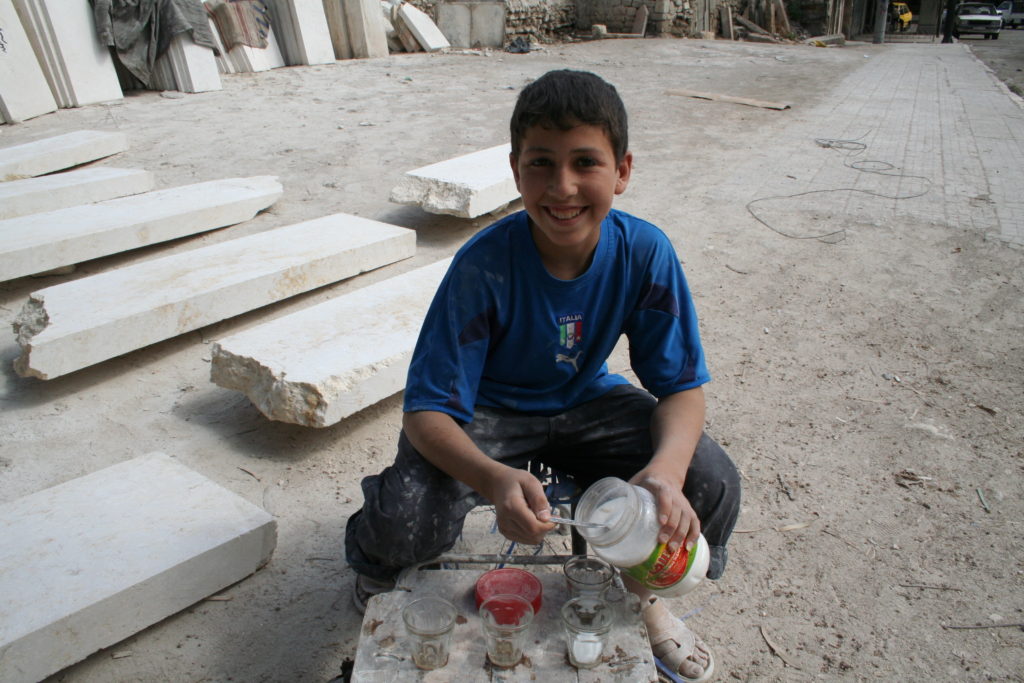
Great Mosque of Aleppo also known as Umayyad Mosque of Aleppo is a beautiful mosque located in the heart of Aleppo and parts of it date to the 8th century. The vast interior courtyard is an excellent place to relax and people watch. It is similar to the Grand Mosque in Damascus, but not as spectacular.
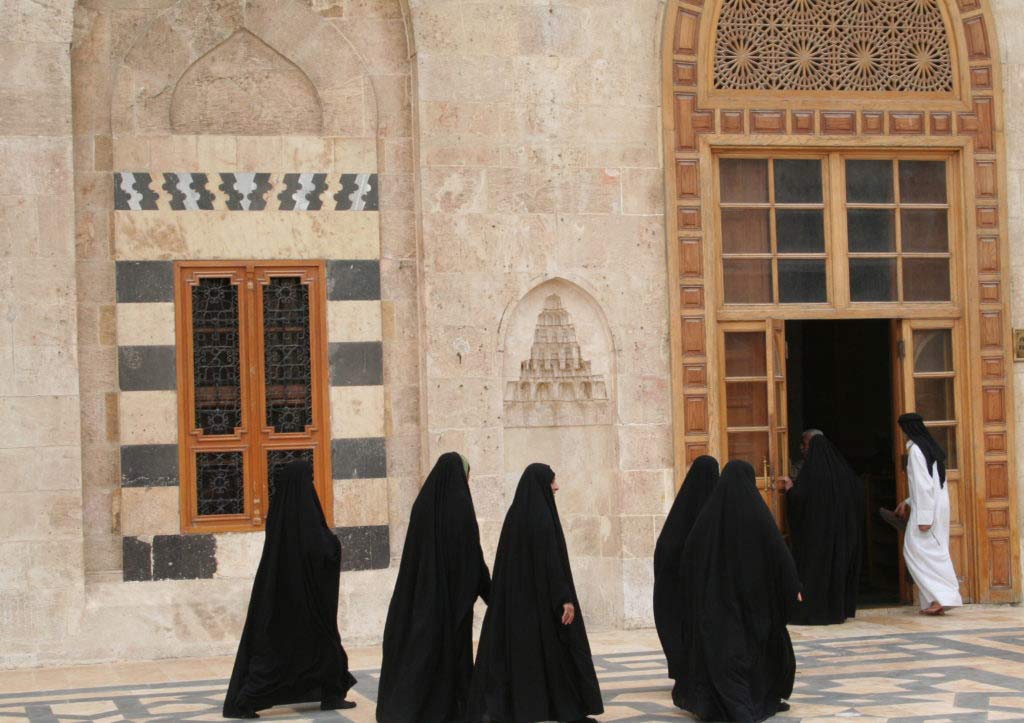
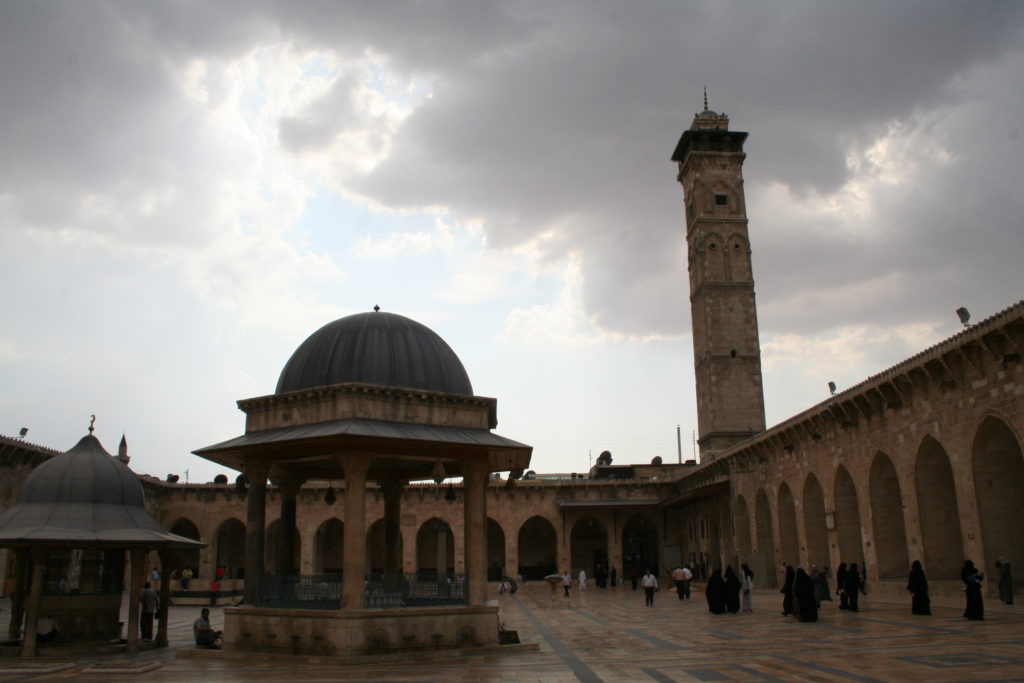
https://www.youtube.com/watch?v=llE-pQPoFmY
Aleppo is an Arabic food lover’s dream. I gorged myself on shawarma, hummus, and trays of baklava for only a couple of dollars. I befriended the shawarma preparer with just a second visit and a big smile. He greeted me with an enthusiastic handshake. He then proceeded to personally spoon feed me directly from the containers of food, everything from tabbouleh to hummus to labneh. I awkwardly and shyly gaped my mouth wide as he slid spoon after spoon into my maw direct from the container as we stood by the counter. While I was touched by his genuineness, I was a bit grossed out by the hygiene levels. But when in Aleppo …
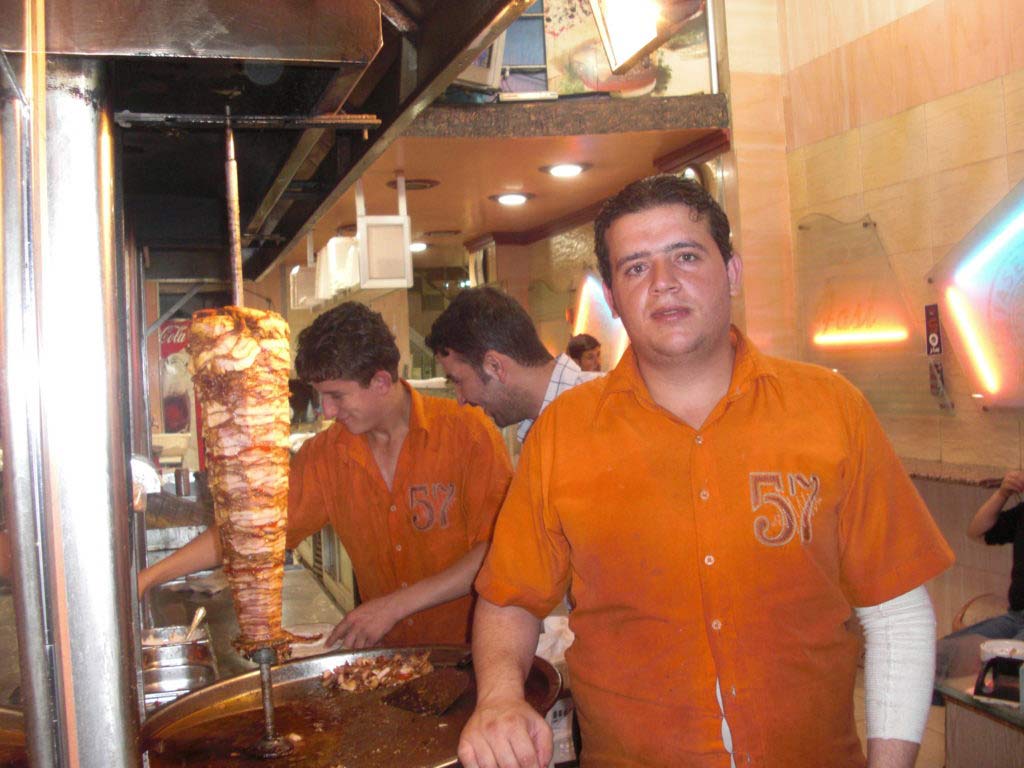
Aleppo also is a meaningful place in my family’s personal history. I am a descendent of Armenian Genocide survivors. During the reign of the Ottoman Empire, over 1.5 million Armenians were murdered, who were simply citizens of the empire. Tens of thousands were driven on death marches into the desert. My newly married grandfather and grandmother survived the long march and arrived to the safety of Aleppo. After several years they made their way to the US, but not before giving birth to their first son, who was baptized in an Armenian church. And even under the Assad’s reign, thousands of Armenians lived safely and freely in Syria. So Christian Armenians have made a large impact on this city. I wandered to several of these churches, contemplating which one saw my uncle become a Christian.
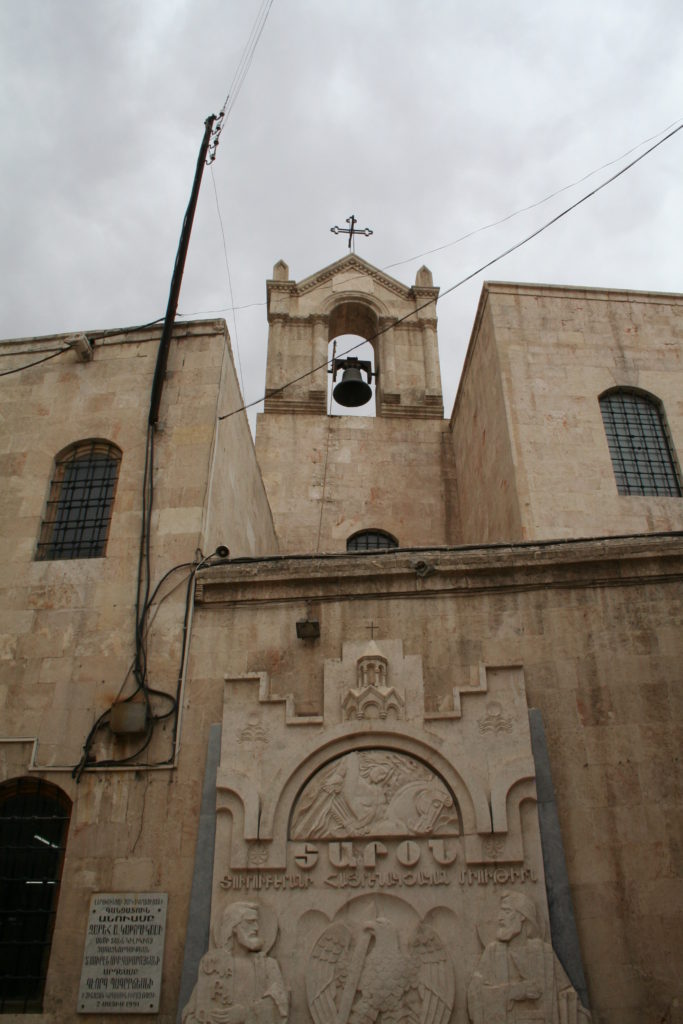
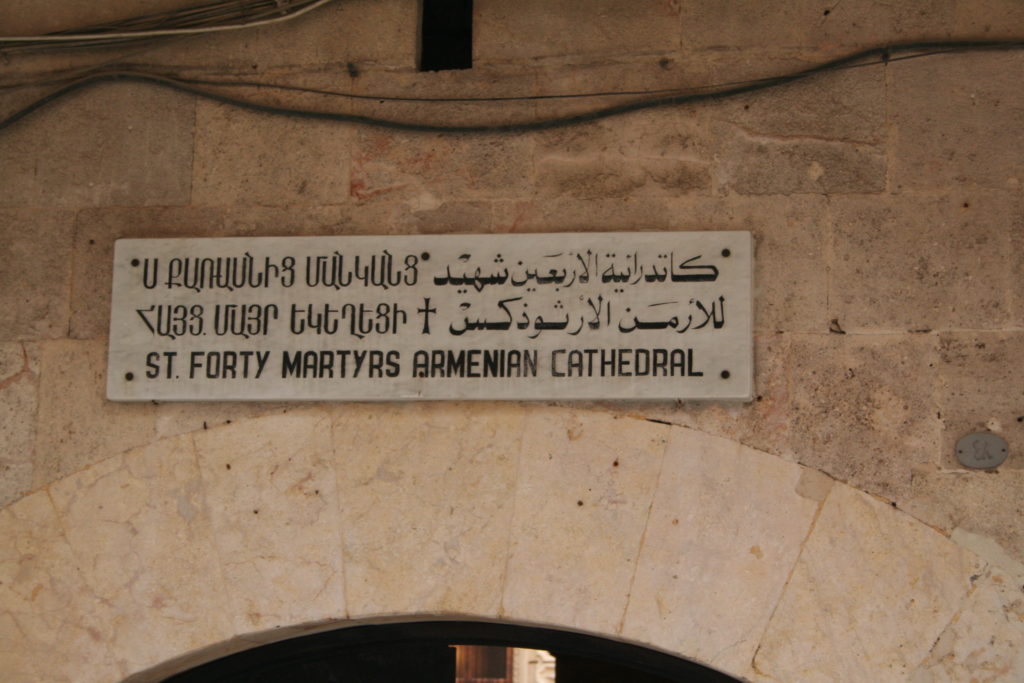
Armenians also made an impact in Aleppo as they have in South East Asia (with the Raffles Hotel in Singapore) with hotels. The Baron Hotel in Aleppo was well known place for dignitaries since it was built in 1909. The hotel has hosted everyone from Lawrence of Arabia to Agatha Christie to Theodore Roosevelt to Yuri Gagarin. And eventually me. On one humid night, I arrived at the dusty and somewhat dated Baron Hotel and acquainted myself with the Armenian owner. We sat in the courtyard sipping vodka.
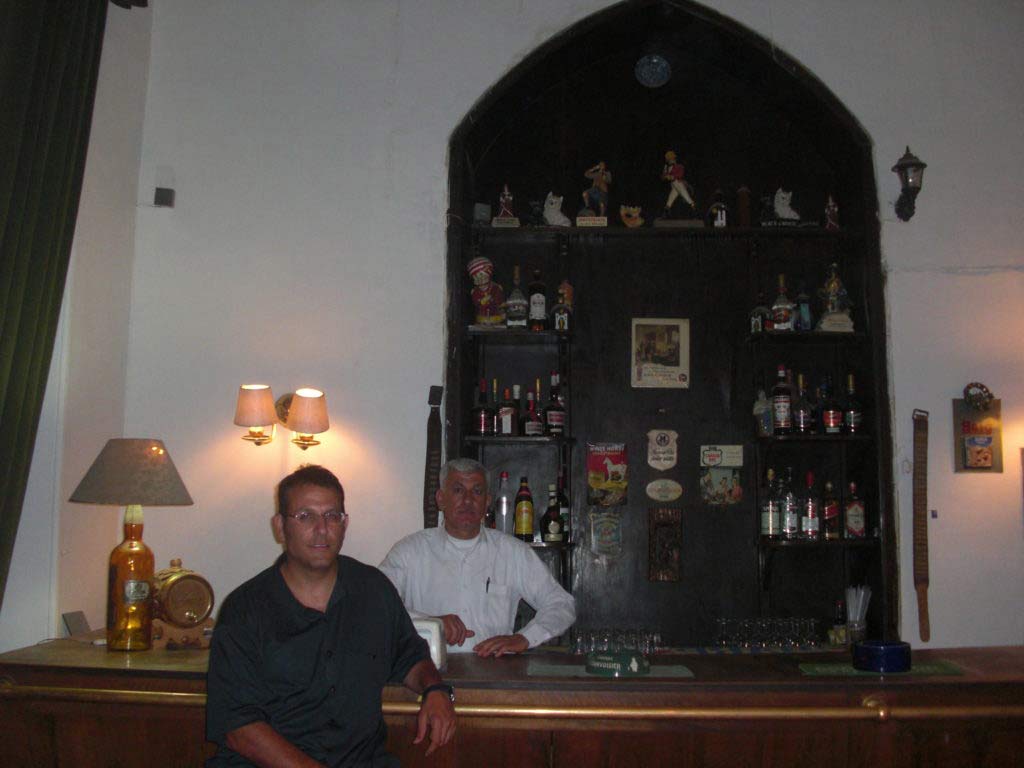
Relaxing at the bar at the Baron Hotel
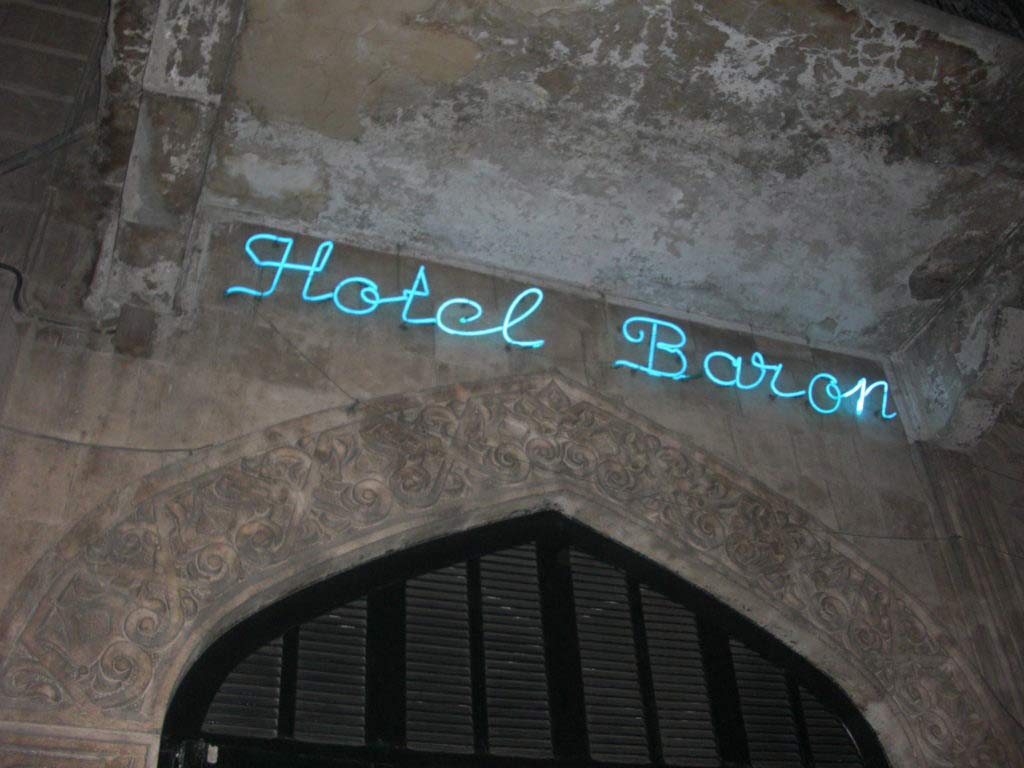
Today, I read and lament about Aleppo’s devastation. I recall my short visit to a great city. Full of kind and generous people. My visit to Aleppo.
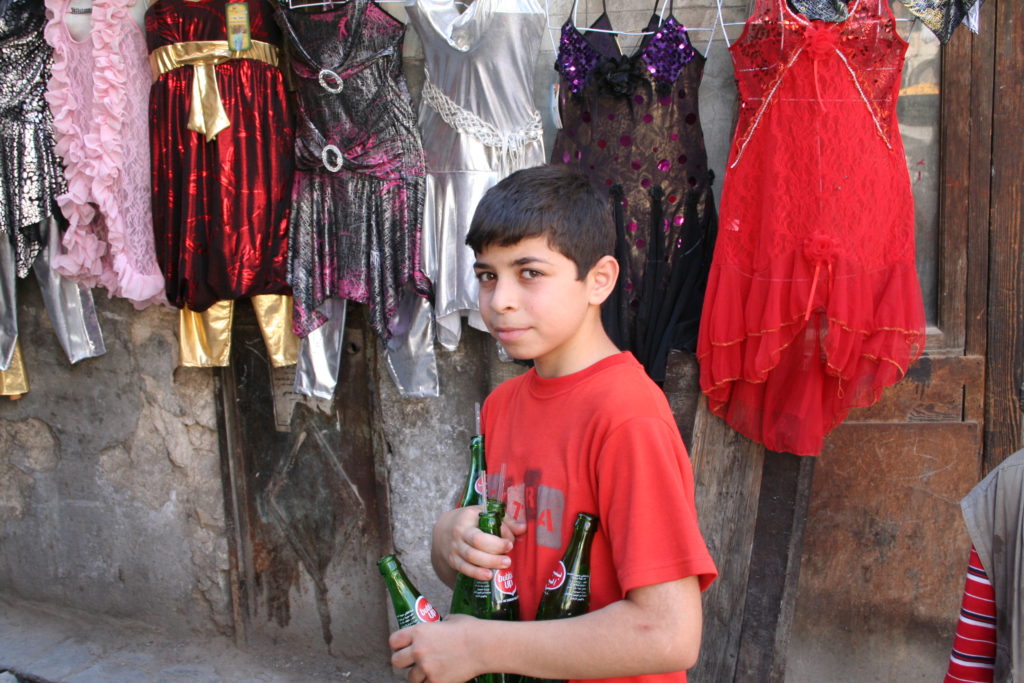
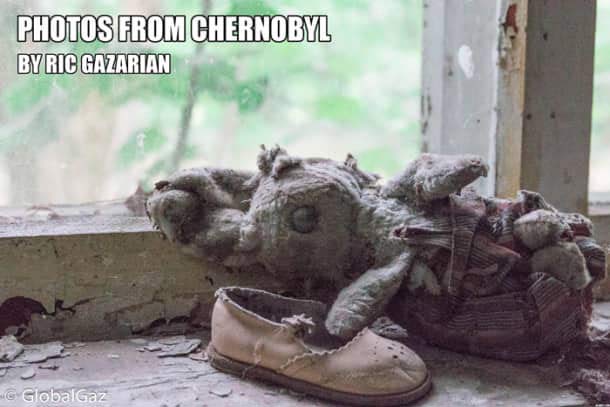
Photos From Chernobyl
Sign up to receive your free copy of Photos From Chernobyl. Over 100 photos from the Chernobyl Exclusion Zone.


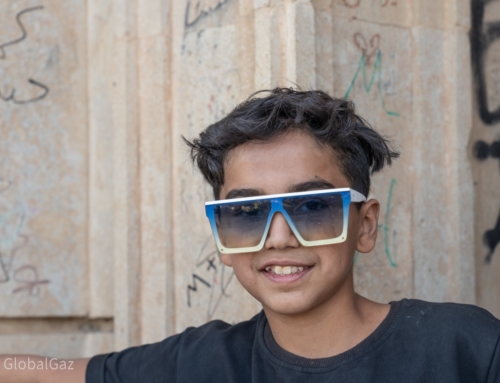
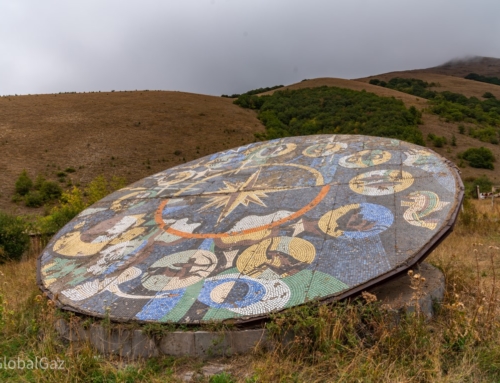


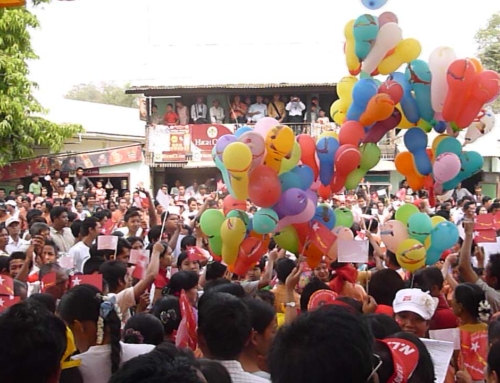
Fascinating post, straight from the heart.
Thanks Bart!
Fascinating post! I too remember Aleppo from before the war, it was such a gracious city. On our recent trip to Armenia, we met quite a few Syrians from Aleppo who had escaped the war, particularly in Yerevan. They had jobs, shops etc. and said they felt welcomed by the local Armenians but of course missed Aleppo and their home country dearly.
Yeah, a lot of Armenians have made their way to Yerevan and started new lives. Aleppo was a special place, I am sure their hearts hurt.